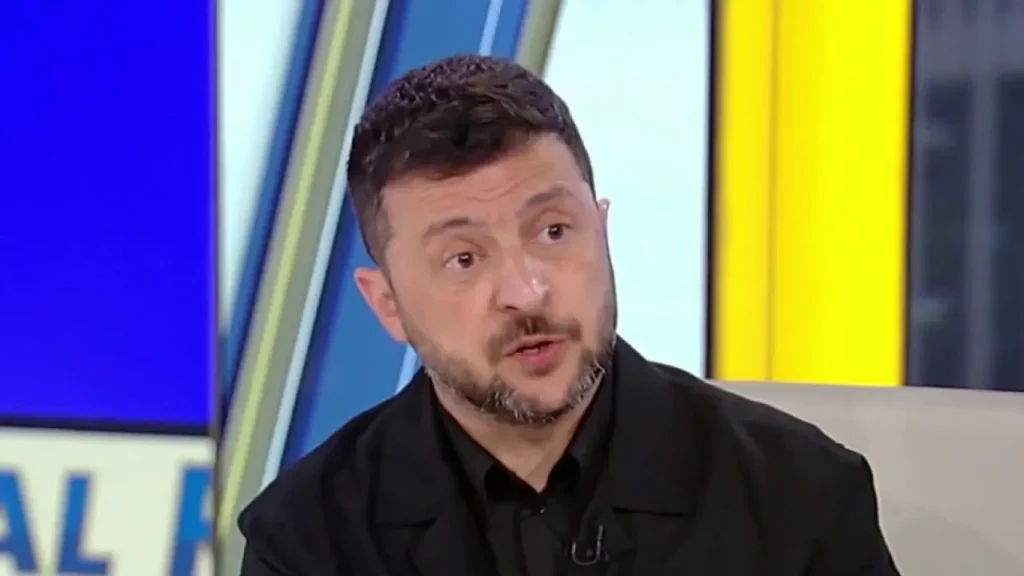Understanding Trump’s Ukraine Peace Plan: A Complex Path Forward
The latest Trump administration peace plan for Ukraine has stirred significant debate among Ukrainian officials and international observers. As someone who has covered this region for over three decades, it’s clear that this 28-point proposal represents a delicate and contentious diplomatic effort with mixed reception in Ukraine.
Initial reactions from Ukrainian contacts have been largely skeptical, with some dismissing the document as “not worth the paper it’s written on.” The general consensus among analysts suggests the plan heavily favors Moscow’s interests. President Zelenskyy has maintained a diplomatic stance, indicating he’s “reviewing the points” with the goal of achieving a “dignified peace.” This measured response represents a strategic approach, as outright rejection would have likely ended any possibility of constructive negotiation. The stakes of this conflict extend well beyond Ukraine’s borders, affecting European security and global stability, which explains the flurry of diplomatic activity currently underway between the U.S., Ukraine, European leaders, and even statements from Russian President Putin.
The peace plan contains numerous concessions that Ukraine might find difficult to accept but could ultimately be manageable compromises. Items like Russia rejoining the G8, gradual sanctions relief, and amnesty for Russian troops’ actions are politically challenging but may not fundamentally impact Ukraine’s future sovereignty. Similarly, provisions prohibiting “Nazi ideology” and adopting “EU rules on religious tolerance and linguistic minorities” appear to be symbolic gestures to satisfy Russian narratives rather than substantive policy changes. The plan does offer some positive elements for Ukraine, including confirmation of Ukrainian sovereignty, Russian commitments against future invasion, security guarantees, and rebuilding pledges – though the specific implementation details would need careful negotiation and firm commitments from all parties.
However, three major provisions cross what analysts consider Ukraine’s “red lines” and represent the most significant hurdles. First, the proposed handover of the eastern Donetsk region to Russia (or its designation as a demilitarized zone) despite Moscow not having fully conquered it militarily. Second, reducing Ukraine’s military by one-third to a maximum of 600,000 troops – a substantial reduction that would require guarantees regarding training and equipment quality to maintain defensive capabilities. Third, prohibiting NATO troops in Ukraine, which complicates plans for international peacekeepers to monitor any agreement. Creative compromises might be possible, such as establishing border monitoring systems and rapid-response forces positioned outside Ukrainian territory, but these issues represent the most challenging aspects of the proposal.
The plan also includes elements that appear primarily beneficial to the United States, such as sharing in reconstruction profits – a characteristic feature of President Trump’s transactional approach to international relations. The initially proposed Thanksgiving deadline for signing the agreement seems flexible, with the president signaling willingness to extend negotiations if progress continues. However, the political timeline remains significant with the U.S. presidential election looming, creating additional pressure on all parties to reach an agreement within a constrained timeframe. For Zelenskyy, this negotiation process comes amid personal political challenges related to corruption investigations, adding another layer of complexity to his position.
Despite the significant obstacles, continuing dialogue represents the best path forward compared to ongoing conflict. The negotiations will likely face serious challenges when addressing the most contentious points, but diplomatic engagement offers the possibility of progress that military action cannot provide. For the Ukrainian people who have endured tremendous suffering throughout this war, pursuing a negotiated settlement – even one with difficult compromises – deserves serious consideration. The ultimate test will be whether any agreement can deliver lasting security and sovereignty for Ukraine while satisfying enough of Russia’s stated concerns to end the fighting. As the old adage suggests, “jaw-jaw is better than war-war,” especially for the proud people of Ukraine who deserve peace after enduring such profound hardship.


